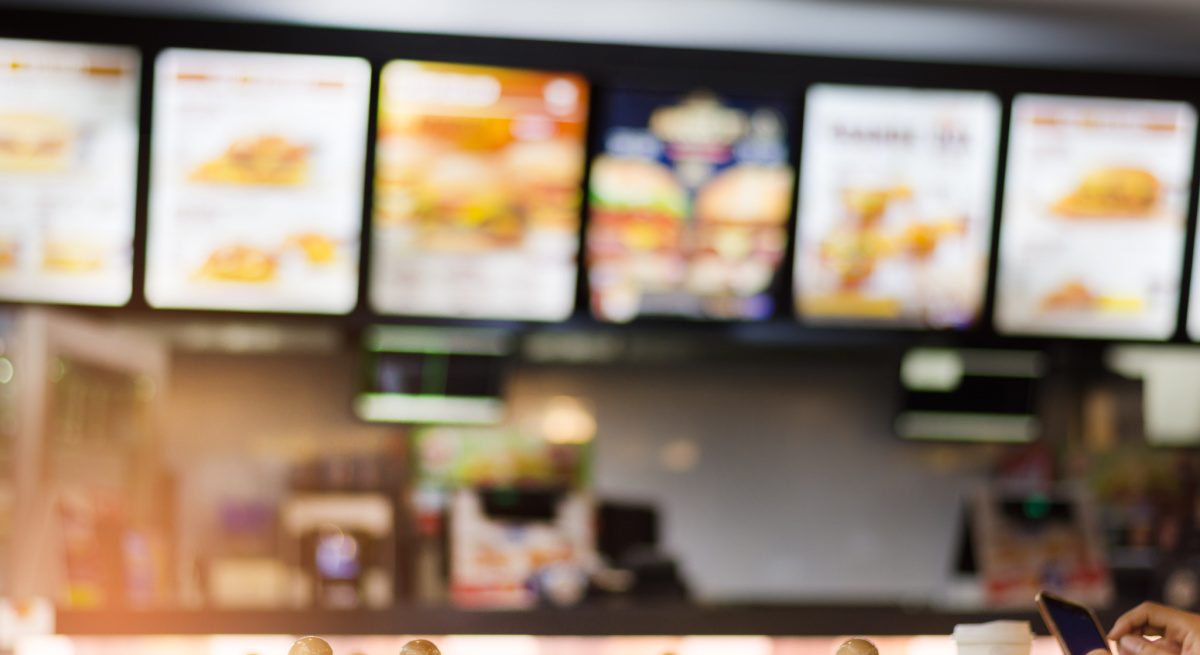How Integrated Technologies Will Shape the Future of QSRs
4 Min Read By Michael Mele, Dave Cottman
Smart Quick Service Restaurant (QSR) brands have been able to navigate the COVID-19 pandemic by way of nimble and adaptive solutions that prioritize providing exceptional experiences to consumers, a factor that is paramount to the success of many QSRs.
This success is based on a pivot to seamless mobile experiences and tech-driven data amid an ever-changing set of variables from regulation to consumer behaviors. One thing we know is that new consumer behaviors are here to stay. Eight out of 10 consumers said they expect to continue their current dining habits beyond coronavirus, so the time is ripe to reevaluate the processes and tools QSRs use that prohibit adaptability. The not-so-simple trick is doing so while remaining committed to providing clear communications and amplifying an exceptional consumer experience at every touchpoint.
The QSR landscape in the age of Covid is complicated and lacks a “one size fits all” analysis. The entire restaurant industry has been hit particularly hard as consumers have drastically reduced their spending on dining out in every format. That being said, many QSRs are better positioned to weather the storm due to drive-thru oriented business models (like McDonald’s, where 70 percent of their business came from drive-thru pre-Covid) and cost-efficient meal options, which cater to a newfound focus on safety and affordability at a time when public health and economic volatility are top of mind for many consumers. Still, QSRs are faced with daily challenges of disrupted supply chains, new consumer habits, and constantly changing regulatory mandates at the federal, state and local level.
In this complex web of factors, the takeaway for QSRs is that they must be more adaptable than ever, with tools and systems in place that focus on the lasting effects of the pandemic, particularly focused on mobile ordering and contactless efficiencies. The NPD Group predicted that restaurant digital orders would triple in volume by the end of 2020, with mobile leading the way. With that in mind, we look at four technology-driven measures that are here to stay.
Digital Menu Boards
Menu boards are an integral part of the consumer journey, and the need to change them quickly and efficiently has been a huge hurdle to many QSRs over the past year. Factored in are disruptions to staffing, supply chain, and changing regulations, driving a need to change menus almost daily in many locations. Many QSRs operate on a fairly static menu system, which means frequent edits are costly and time consuming. Those who have adapted successfully have utilized a modular menu system and site-specific technology tools to catalog their assets in every location, making physical changes and rollouts simplified, manageable, and less dependent on manual data. Furthermore, these menu changes have to carry over to the digital, mobile, and app experiences, so consumers have access to accurate menus depending on their chosen location. This amplifies the need for QSRs’ internal operations to work closely with their marketing teams to ensure accurate and timely updates.
Drive-thru and Curbside Efficiencies
As QSRs currently depend on drive-thru and curbside pickup as their core revenue streams, there was a dire need for efficiency in these service models. These systems were often not created to support the volume they experienced when 67-68 percent of consumers have visited drive-thru or curbside pick up more often than before as of February 2021. QSR brands have scrambled to create efficiencies in lanes and speed up service to meet this need and keep people from waiting. Many brands have successfully pushed their mobile app to encourage ordering ahead for curbside pickup and ease the stress on drive-thru. Additionally, offering limited menus speeds up wait times and streamlines kitchen operations which is one more benefit of having a modular and easy to update menu system.
Simplified Mobile Experience
The mobile ordering and app experience must also be seamless and intuitive, with ease in choosing locations, accurate information, and the ability to handle heavy traffic. This is where automated technology tools can help solve the logistical challenges that span physical locations and digital channels. In the scramble to implement curbside pickup alongside mobile ordering, many QSRs ran into challenges they may not have foreseen. Weather, staffing, wayfinding, and traffic are all aspects that needed to be solved for, and we’ve seen many examples of creative solutions from QR codes to alternate doors to contactless pickups.
Automated Safety
QSRs have been faced with making all of the above frequent changes to their models while simultaneously learning how to communicate these changes and mandates effectively as a key input to creating a seamless, positive experience for their consumers. Most importantly, consumers need to have confidence in their safety and levels of exposure. Brands like Chick-fil-A are known for their excellent customer service, which is foundational in their brand value and competitive advantage. They cannot let that commitment fall to the wayside, so they over-indexed in training employees and converted all of their marketing communications for “Serve Safe” rather than product messaging. Looking forward, we may see initiatives like automated food labeling for delivery and carryout with the complete nutrient information and time and date of preparation which will give the consumer more confidence in the safety and delivery of their food.
QSR of the Future
Learnings from the past year will have far reaching impact on how QSRs design their stores, menu systems, operations, staffing and supply chains. In some cases, we forecast drastic shifts in the format consumers have traditionally interacted with large QSR chains. Burger King, for example, has recently unveiled their “Restaurant of Tomorrow” plans which reduce indoor restaurant space by 60 percent in favor of additional modes of efficient order and delivery. McDonald’s and Chick-fil-A are likewise looking into similar reduced or eliminated dining room models. With these visions of the future in mind, we can be sure that developing top notch technology and digital experiences to support these changes will be top of mind for QSR brands.
Integrating technology on the back end with automated marketing platforms and the front end with further investment into mobile experiences will be key in executing these shifts effectively. QSRs who have remained nimbly proactive rather than reactive through the chaos of the past year will be rewarded, as every facet of their operations and marketing have been stress tested and come out the other side stronger than before.



